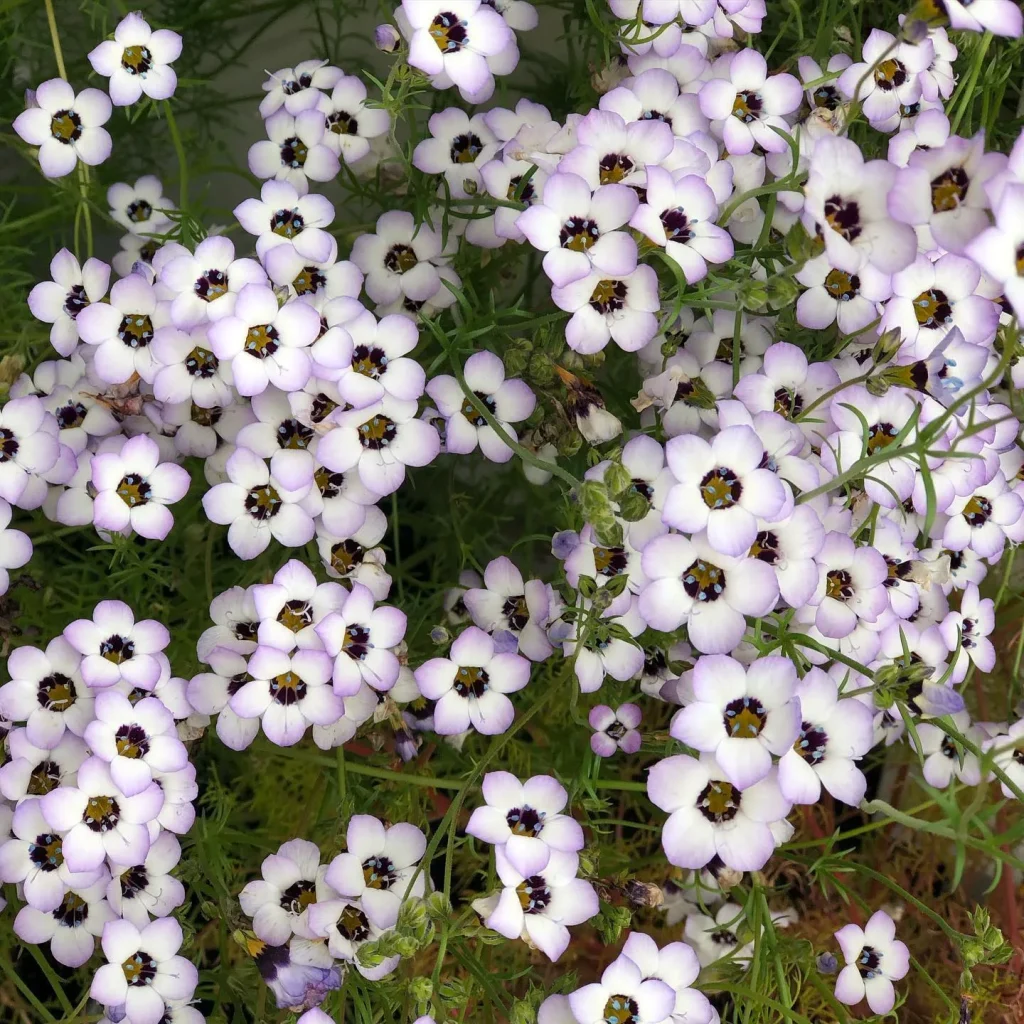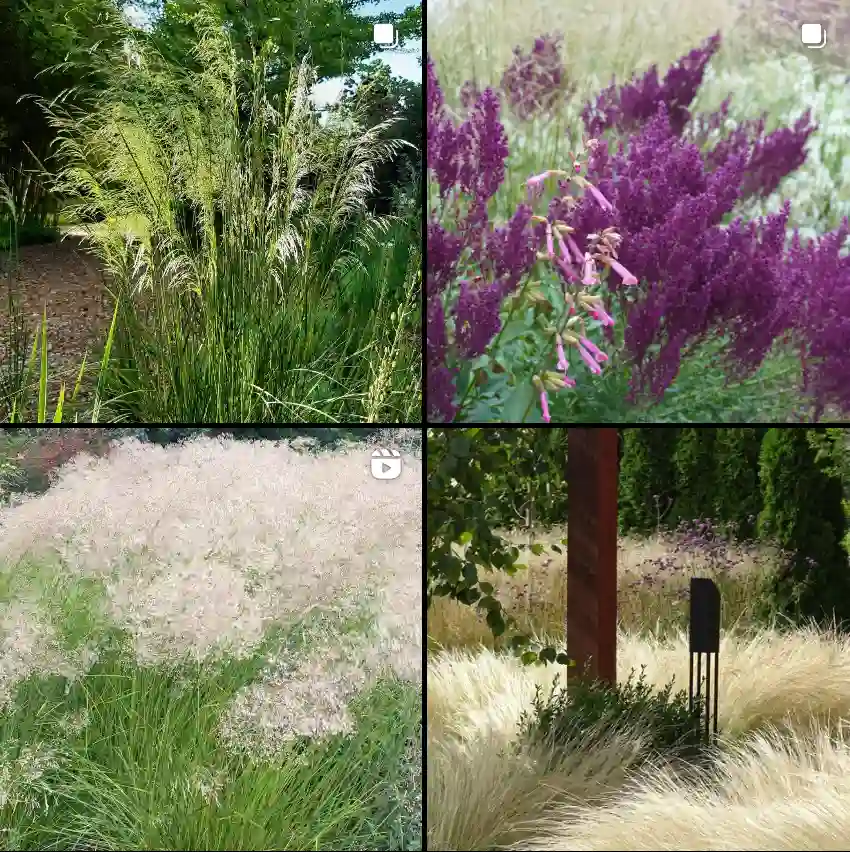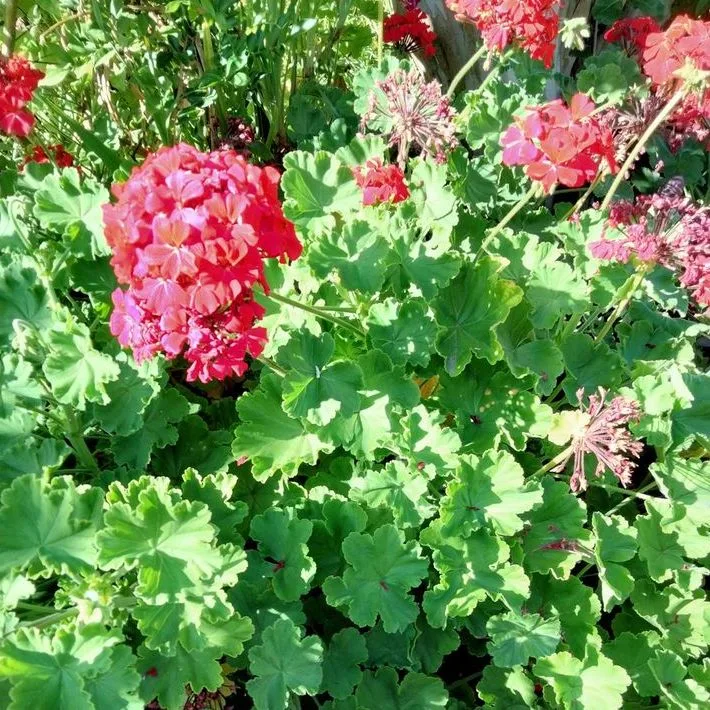FAQs about Camassia Leichtlinii
I’ve had the pleasure of growing Camassia Leichtlinii, a stunning plant known for its tall spikes of star-shaped flowers that add a natural elegance to gardens. Through my experience, I’ve gathered some common questions and tips about this lovely species, and here’s a detailed look at how to care for it, propagate it, and more.
6 Species in Genus Camassia
What is Camassia Leichtlinii?
Camassia Leichtlinii is a flowering bulb native to North America. It blooms in late spring or early summer, featuring tall stalks that can reach up to 4 feet high. Its blooms range in color from blue to purple, sometimes white or cream. This plant thrives in meadows, woodlands, and gardens, particularly in areas with moist soil. Its striking appearance makes it an excellent choice for naturalized settings or cottage-style gardens.
How to Care for Camassia Leichtlinii?
Caring for Camassia Leichtlinii is relatively simple once you understand its needs. Here’s how I do it:
- Soil: This plant prefers moist, well-draining soil. I’ve found that it does well in clay or loamy soil, and it can tolerate damp conditions better than many other bulbs.
- Light: Camassia Leichtlinii grows best in full sun to partial shade. In my garden, I’ve planted it where it gets morning sun and afternoon shade, which keeps it from drying out too quickly.
- Watering: Regular watering is important, especially during its growing season. I ensure the soil stays consistently moist, particularly in the spring and early summer. However, it’s vital to avoid waterlogging.
- Fertilizer: I use a balanced fertilizer in early spring to promote strong growth and vibrant blooms. A slow-release option works well since it provides nutrients throughout the growing season.
How to Propagate Camassia Leichtlinii?
Propagating Camassia Leichtlinii can be done through bulb division or seed collection. Personally, I prefer dividing the bulbs because it’s faster and more reliable. Here’s how I do it:
- Bulb Division: In the fall, after the foliage has died back, I carefully dig up the clumps of bulbs. I separate the bulbs and replant them immediately at a depth of about 4-6 inches, spaced 6-8 inches apart. This method ensures new plants for the following year.
- Seed Propagation: Growing from seeds is possible, but it requires more patience. Seeds should be sown in the fall, and it can take several years for plants to mature and bloom.
What to Plant with Camassia Leichtlinii?
I love combining Camassia Leichtlinii with other moisture-loving plants to create a naturalized look. Here are some of my favorite companions:
- Ferns: Their feathery texture contrasts nicely with the upright form of Camassia Leichtlinii.
- Hostas: I often pair them with hostas to add a lush, low-growing element to the garden.
- Iris sibirica: These also enjoy moist soil and have complementary bloom times.
- Grasses: Ornamental grasses, like Miscanthus, create movement and texture alongside the tall spires of Camassia.
Is Camassia Leichtlinii Toxic?
One of the great things about Camassia Leichtlinii is that it’s non-toxic to humans and pets. It’s a member of the asparagus family, and unlike many other bulbs, it doesn’t pose a risk to curious pets or children. Historically, certain species of Camassia were even used as a food source by Indigenous peoples, though I wouldn’t recommend eating them unless you know exactly what you’re doing!
What Are the Benefits of Growing Camassia Leichtlinii?
I grow Camassia Leichtlinii not only for its beauty but also for its ecological benefits:
- Attracts Pollinators: The flowers attract bees, butterflies, and other pollinators, helping support local wildlife.
- Low Maintenance: Once established, this plant requires little care. It can thrive with minimal attention, especially if planted in the right conditions.
- Long-Lasting Blooms: The flowers last for weeks, making them a great choice for prolonging color in the garden.
- Tolerant of Wet Soil: Unlike many bulbs, Camassia Leichtlinii thrives in damp conditions, which makes it an ideal option for rain gardens or areas prone to standing water.
Common Problems with Camassia Leichtlinii
Though Camassia Leichtlinii is fairly hardy, there are a few issues I’ve encountered:
- Slugs and Snails: These pests can damage the foliage. I keep them under control using organic methods like hand-picking or setting traps.
- Overly Dry Soil: If the soil dries out too much, the plant can struggle. I’ve made sure to plant it in areas with consistent moisture.
- Root Rot: If the soil is too waterlogged, especially during dormancy, the bulbs can rot. This is why well-draining soil is essential.
How Does Camassia Leichtlinii Compare to Similar Plants?
Camassia Leichtlinii is often compared to other bulbs like Allium and Scilla, but there are key differences. Unlike Allium, which prefers dry conditions, Camassia thrives in moist soil. It also grows taller and has a looser, more natural bloom structure compared to the dense heads of Allium.
Compared to Scilla, Camassia Leichtlinii blooms later in the season and produces much larger flowers. While both are excellent for naturalizing, Camassia stands out for its height and bold presence.
Conclusion
Camassia Leichtlinii is a standout in the garden with its tall spikes of star-shaped flowers, and it’s surprisingly easy to grow once you understand its preferences. Whether you’re looking to attract pollinators, fill a moist garden bed, or simply enjoy its elegant blooms, this plant offers plenty of rewards with minimal effort. With the right care, it will return year after year, adding beauty and biodiversity to your garden.
If i die, water my plants!



